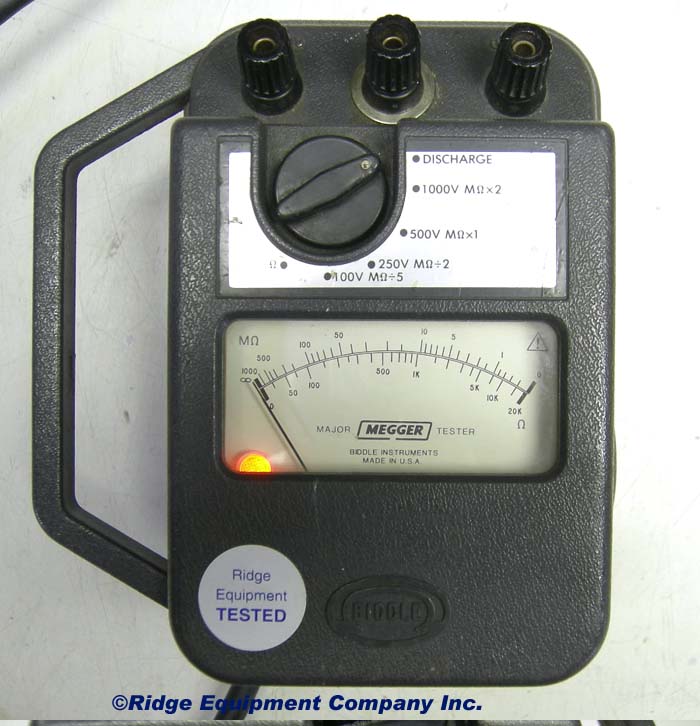About a year and a half ago I installed a 6kW system on my parents house using a SolarEdge SE6000A inverter. Back in December the inverter quit working; it appeared to be a failed power supply, as it wasn't getting power anywhere but at the input terminals. After a bit of arguing, SolarEdge sent out a new inverter.
We decided to move it from the north side of the house, next to the electric meter, down to the basement next to the service panel. To do this, my dad put in a 6x6 outdoor junction box where the inverter used to be, then just used the existing conduit that ran into the basement.
Fast forward another few weeks and I noticed the inverter had quit producing power again. After checking the troubleshooting steps it appeared there was an isolation fault between the inverter and the first optimizer. I figured one of the wire nuts may have a bad connection in the junction box, so I had my dad pull the cover and check them all. It turned out that when installing the box, he jostled loose one of the conduit joints about 15 feet up, and the conduit filled with water during a rain storm. Now being winter, it's a solid tube of ice.
I quit digging when we discovered that, assuming the ice must be causing the fault.
My question is, do you think the ice damaged the wire enough that I'll have to replace it? It's standard THWN wire. Obviously I'll need to wait for it to thaw out first, which hopefully will be in the next week or so.
We decided to move it from the north side of the house, next to the electric meter, down to the basement next to the service panel. To do this, my dad put in a 6x6 outdoor junction box where the inverter used to be, then just used the existing conduit that ran into the basement.
Fast forward another few weeks and I noticed the inverter had quit producing power again. After checking the troubleshooting steps it appeared there was an isolation fault between the inverter and the first optimizer. I figured one of the wire nuts may have a bad connection in the junction box, so I had my dad pull the cover and check them all. It turned out that when installing the box, he jostled loose one of the conduit joints about 15 feet up, and the conduit filled with water during a rain storm. Now being winter, it's a solid tube of ice.
I quit digging when we discovered that, assuming the ice must be causing the fault.
My question is, do you think the ice damaged the wire enough that I'll have to replace it? It's standard THWN wire. Obviously I'll need to wait for it to thaw out first, which hopefully will be in the next week or so.

Comment